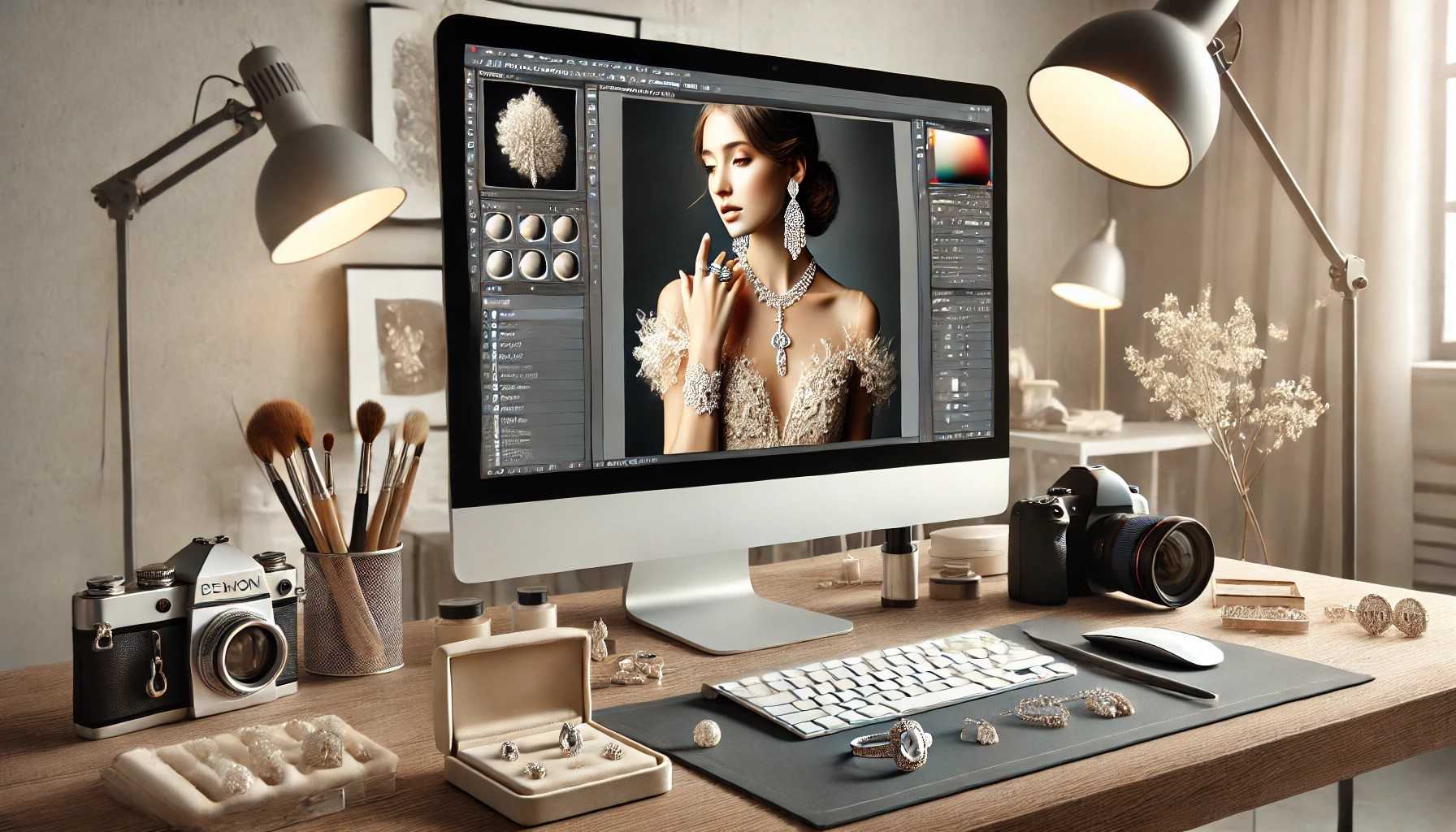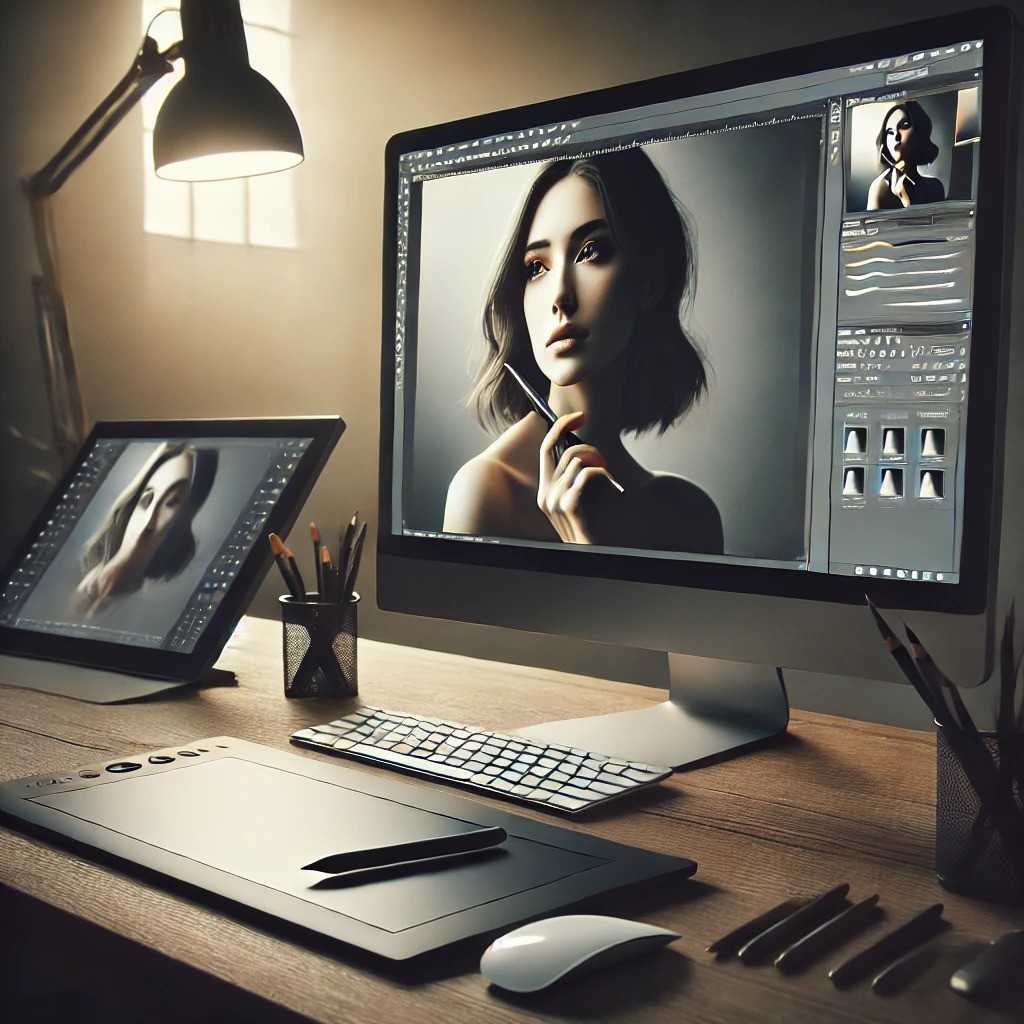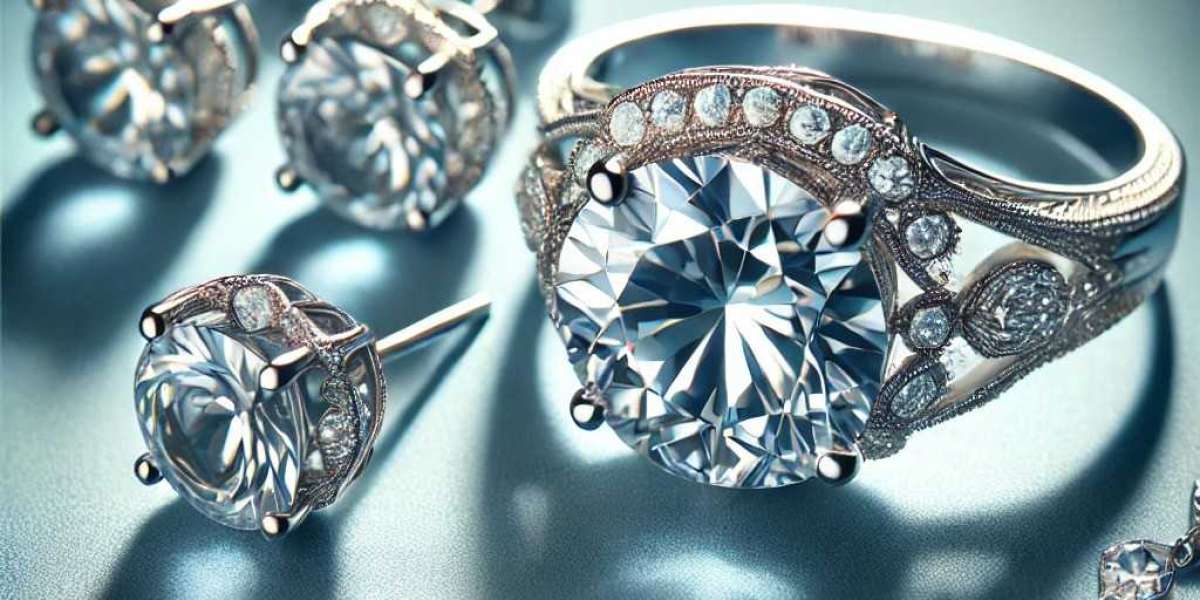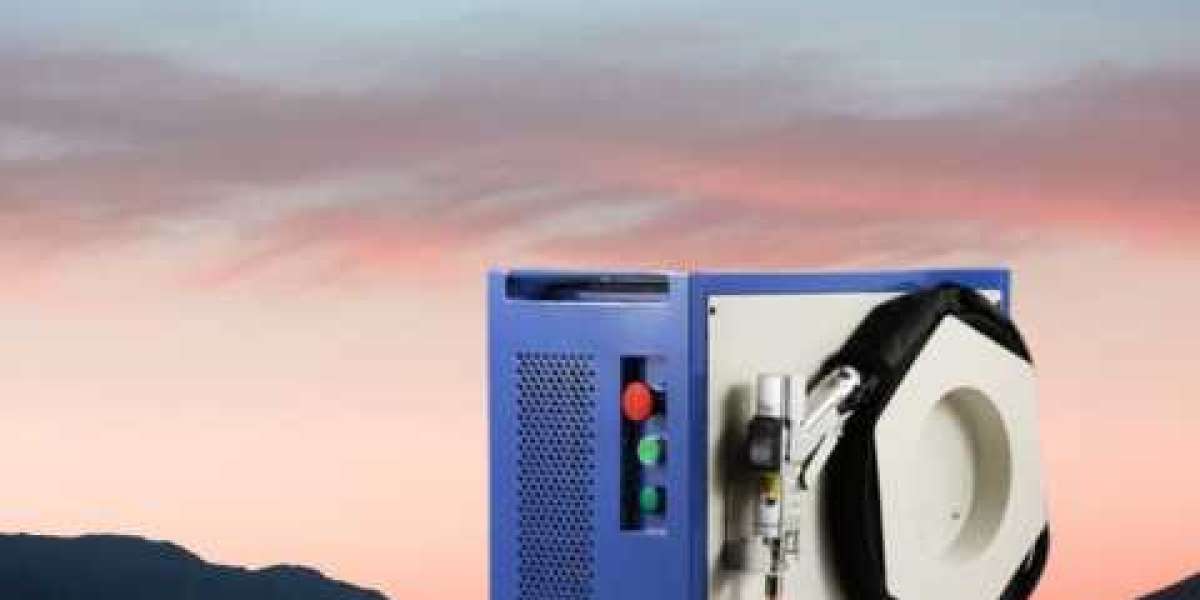Photography is a blend of art and technology, and photo retouching is where these two elements come together to enhance images. Over the years, retouching techniques have evolved significantly, giving rise to distinct styles: classic and modern. Each style brings its unique approach to enhancing photographs, appealing to different aesthetic preferences and practical needs. In this blog, we’ll explore the characteristics of these styles, their applications, and how to choose the right one for your needs.
Classic Retouching: Focus on Timeless Elegance
Characteristics of Classic Retouching
Classic photo retouching emphasizes preserving the natural beauty of the image. This style is rooted in subtlety, aiming to enhance the photograph without drawing attention to the edits. Retouching in this style often involves fine-tuning color balance, adjusting brightness and contrast, and gently smoothing skin tones. The goal is to create a polished yet authentic look that stands the test of time.
Classic retouching avoids heavy manipulation or overuse of filters. It respects the original composition and lighting of the photograph, ensuring that the edits enhance rather than overshadow the image's inherent qualities. For instance, wedding photographs often employ classic retouching to ensure they remain timeless and elegant.
Applications of Classic Retouching
Classic retouching is widely used in portrait photography, particularly in professional settings like corporate headshots or traditional family portraits. This style’s subtle nature makes it ideal for scenarios where authenticity and professionalism are key. It’s also commonly applied in fashion editorials that aim to capture a vintage or elegant aesthetic.
Another common application is in restoring old photographs. Classic retouching techniques are used to repair damage while maintaining the original look and feel of historical images. This approach preserves the emotional and cultural value of photographs, ensuring they remain authentic representations of the past.

Modern Retouching: Embracing Innovation
Characteristics of Modern Retouching
Modern jewelry retouching service is synonymous with creativity and boldness. This style often involves advanced techniques to create striking visuals that may not exist in reality. Vibrant color grading, dramatic lighting enhancements, and surreal effects are hallmarks of this style. Modern retouching often leverages digital tools to push the boundaries of what’s possible in photography.
Unlike classic retouching, modern styles often embrace noticeable edits. For instance, high-fashion editorials and commercial campaigns frequently use modern retouching to create eye-catching visuals. These edits may include exaggerating features, adding or altering elements in the background, or applying unique textures and filters.
Applications of Modern Retouching
Modern retouching is prevalent in advertising and commercial photography. From product photography to magazine covers, this style aims to captivate the audience and convey a strong visual message. Bold retouching techniques are often used to highlight specific product features or create a mood that resonates with the brand’s identity.
In creative photography, modern retouching opens up endless possibilities. Photographers and digital artists use this style to create conceptual pieces that blur the lines between photography and digital art. Whether it’s a surreal landscape or a fantastical portrait, modern retouching empowers artists to bring their unique visions to life.
Tools and Techniques: Bridging the Styles
Classic Retouching Techniques
Classic retouching often relies on traditional tools like Adobe Photoshop or Lightroom. Techniques such as dodge and burn, frequency separation, and layer masking are used to achieve natural results. These methods allow for precise control, ensuring that the retouching enhances the photograph without appearing artificial.
A key aspect of classic retouching is restraint. Professionals in this field often prioritize small adjustments, such as refining skin texture or subtly enhancing the color palette. The focus remains on maintaining the photograph’s integrity, which requires a deep understanding of the image’s composition and lighting.
Modern Retouching Techniques
Modern retouching, on the other hand, leverages cutting-edge tools and techniques to achieve dramatic effects. Software like Photoshop offers advanced features such as AI-powered filters, 3D modeling, and complex layering. Tools like Luminar Neo and Capture One are also popular among modern retouchers for their powerful editing capabilities.
Techniques such as compositing, color grading, and advanced masking are central to modern retouching. Retouchers often use these methods to create surreal or hyper-realistic images that stand out in competitive visual markets. The use of plugins and presets is also common, allowing for faster and more dynamic edits.

Choosing the Right Style: Factors to Consider
Purpose and Audience
When deciding between classic and modern image retouching services styles, the purpose of the photograph and its target audience are crucial considerations. For instance, if the goal is to create a timeless family portrait, classic retouching is the better choice. Its subtle enhancements will preserve the authenticity and emotional value of the image.
Conversely, if the photograph is for a bold advertising campaign or a fashion editorial, modern retouching may be more suitable. This style’s dynamic and creative approach can help capture attention and convey the intended message effectively.
Aesthetic Preferences
Personal taste also plays a significant role in choosing a retouching style. Some people prefer the understated elegance of classic retouching, while others are drawn to the vibrant and experimental nature of modern edits. Reviewing sample works and understanding the desired outcome can help in making an informed decision.
Trends in Photo Retouching: What’s Next?
The Fusion of Styles
As technology continues to evolve, the line between classic and modern retouching is becoming increasingly blurred. Many photographers and retouchers now combine elements of both styles to create unique and versatile images. For example, a classic portrait might feature subtle skin retouching alongside modern color grading for added visual impact.
This fusion of styles allows artists to tailor their approach to the specific needs of each project, ensuring the final image aligns with both the client’s vision and contemporary trends.
AI and Automation
Artificial intelligence is revolutionizing the field of photo retouching. Tools like Adobe’s Sensei and Skylum’s AI-powered software offer automated retouching features that save time while maintaining quality. These advancements make it easier than ever to experiment with both classic and modern styles, giving photographers and retouchers greater creative freedom.
Conclusion: Balancing Art and Technology
Photo retouching is an ever-evolving art form that bridges the gap between traditional techniques and modern innovations. Classic and modern retouching styles each bring unique strengths to the table, catering to different aesthetic preferences and professional needs. By understanding the characteristics, applications, and tools associated with each style, photographers and retouchers can make informed choices that enhance their work and resonate with their audience.
Whether you’re drawn to the timeless elegance of classic retouching or the bold creativity of modern techniques, the key is to strike a balance that complements the essence of your photograph. After all, the ultimate goal of retouching is not just to perfect an image but to tell a compelling visual story.














